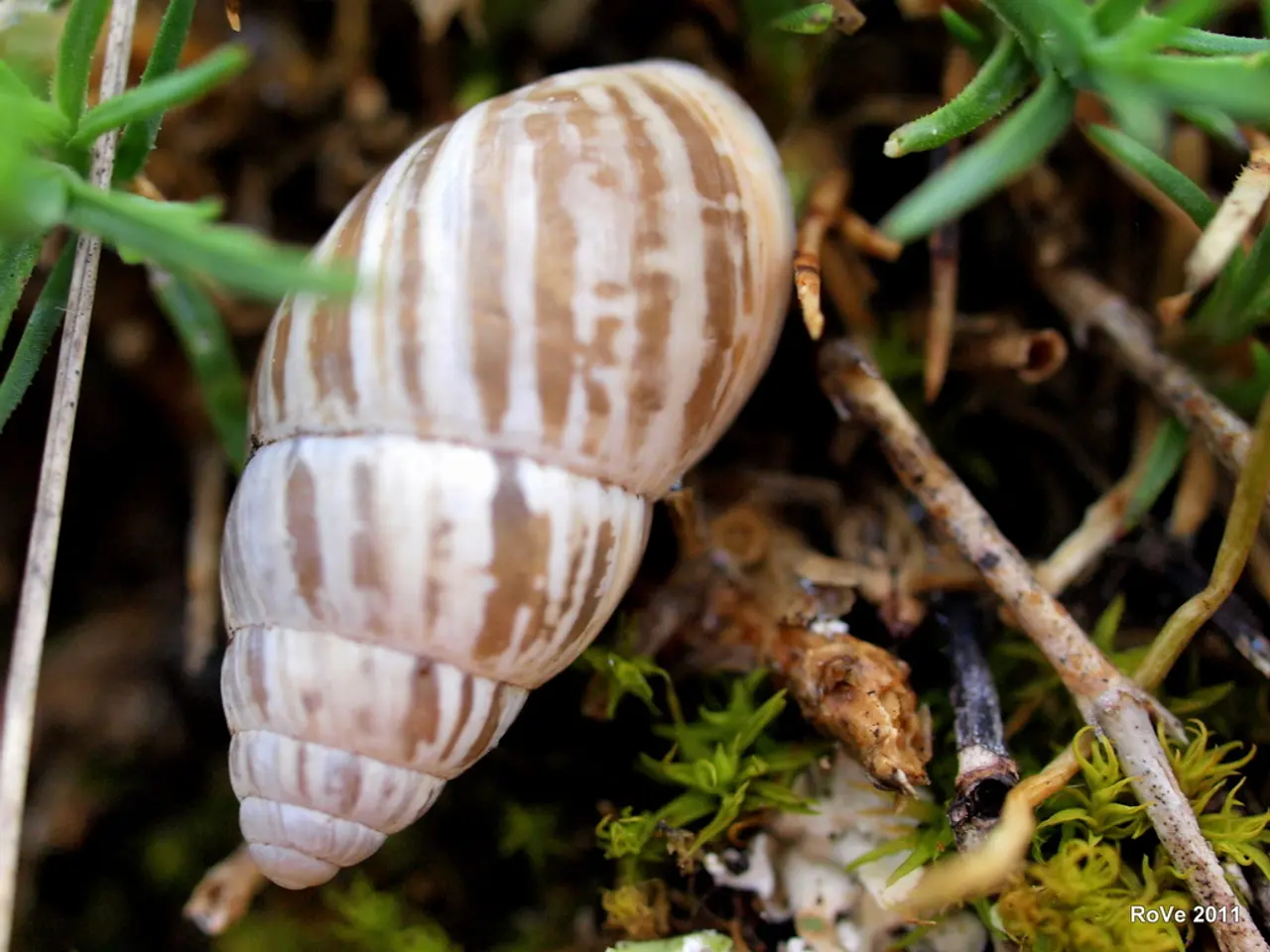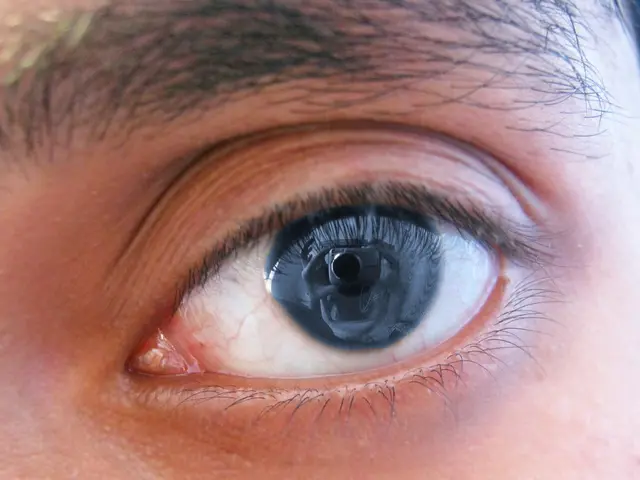Scientists at the University of Southern California (USC) have developed a new substance, replicating plastic, from the minerals found within seashells.
**USC Develops Biodegradable Plastic Substitute from Seashells to Combat Marine Plastic Pollution**
In a groundbreaking development, researchers at the University of Southern California (USC) Viterbi School of Engineering have created a new biodegradable material that could significantly reduce plastic pollution, particularly in marine environments. The material, called POC-CC, is made from calcium carbonate found in seashells and an FDA-approved biodegradable polymer.
POC-CC has been engineered for biocompatibility, ensuring that it does not release harmful microplastics as it degrades. This is a significant advancement, as conventional plastics persist in the environment for centuries and break into microplastics that harm marine organisms throughout the food chain.
If proven scalable and durable enough for packaging, single-use items, or other high-impact applications, this material could substantially reduce the volume of persistent plastic waste entering oceans. POC-CC prototypes have already demonstrated their strength, performing similarly to petroleum-based polymers in supporting the weight of six 12-ounce soda cans, while taking significantly less time to break down than traditional plastics.
The USC team, led by Dr. Elizabeth Green, a leading voice in sustainability with over two decades of experience, is actively working on optimising degradation rates for specific applications. They are also exploring joint ventures with the aquaculture sector to make shell gathering more efficient.
The potential impact of POC-CC extends beyond marine environments. The global medical plastics market, valued at $50.8 billion in 2024, could benefit from this innovation due to its heavy reliance on disposable items. POC-CC could also lessen dependency on fossil fuels, which were responsible for 99% of plastic manufacturing in 2024, by taking the place of petroleum-based plastics.
However, the full ecological benefits of POC-CC depend on the material’s degradation products and whether all components are truly non-toxic over time. The practical impact will also hinge on whether the material can be produced at scale and cost-competitively with conventional plastics.
Currently, POC-CC production scalability presents difficulties, requiring strong supply networks to source enough seashell trash and a lot of energy to turn calcium carbonate into a homogeneous substance. Nevertheless, the USC initiative, funded by a 2025 USC Sea Grant, focuses on sustainable innovation along metropolitan coastlines.
As of 2024, approximately 171 trillion plastic particles, weighing 2.3 million tons, are floating in the world's oceans. The aim of current research is to address this staggering statistic and contribute to the worldwide bioplastics market, expected to reach $16.8 billion by 2025. China, Vietnam, the Philippines, Indonesia, and Thailand are the five nations that contribute 60% of the plastic debris found in the world's seas.
If successful, POC-CC could mark a turning point in the fight against plastic pollution, particularly in marine environments, by providing a sustainable, biodegradable alternative to conventional plastics. The USC-developed material represents a promising step towards a cleaner, healthier future for our oceans and marine life.
- The USC-developed material, POC-CC, is a significant advancement in the realm of environmental science, as it offers a potential solution to combat marine plastic pollution.
- Researchers in the field of environmental-science, led by Dr. Elizabeth Green, are optimizing degradation rates of POC-CC for specific applications, such as biocompatibility and marine environmental applications.
- POC-CC has the potential to reduce the dependency on fossil fuels in the environmental-science industry, currently responsible for 99% of plastic manufacturing.
- By collaborating with the aquaculture sector, the team aims to make shell gathering more efficient for future manufacturing, reducing its impact on the environment.
- As the global community focuses on sustainability, researchers are investigating the potential of POC-CC in the general-news, education-and-self-development, and lifestyle sectors.
- The biodegradable material, if proven scalable and cost-competitive, could disrupt the conventional plastic packaging industry, particularly in manufacturing industries like home-and-garden, shopping, and technology.
- If successful, POC-CC might revolutionize the reporting and education about climate-change, as a cleaner and healthier alternative to traditional plastics, contributing to the worldwide bioplastics market.
- Accounting for the environmental and health issues of degradation products, it is crucial for the industry to ensure that all components of POC-CC remain non-toxic over time.
- In the face of the staggering statistics related to marine plastic pollution, like the 171 trillion plastic particles floating in the world's oceans, innovation in the field of sustainable materials, such as POC-CC, holds the key to a sustainable and eco-friendly ESG future.




